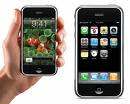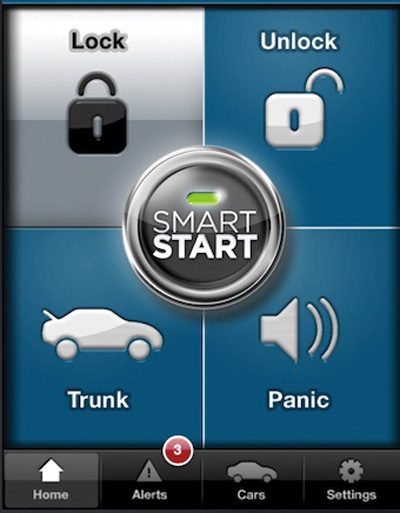
Is the iPhone going to war?
On Wednesday at the 2009 Intelligence Warfighting Summit in Tucson, Raytheon, the military contractor, announced an iPhone application that tracks friends and foes, shows their positions on live, real time maps and provides secure communications.
Called the One Force Tracker, the Raytheon iPhone software can also be used by first responders like police, firemen, and emergency medical technicians.
The app is completely operative and works on a standard iPhone, said J Smart, chief technology officer for Raytheon's Intelligence and Information Systems. ''We are really delighted to be leveraging Apple's innovation.''
The adaptation of the iPhone to military use is somewhat unusual, as technology more often trickles from the military to the consumer market. But this is a rare case of consumer hardware and software concepts being adapted for military use.
For instance, crowdsourcing, which has volunteers use cellphones to report real-time traffic flow, could be adapted to turn each soldier into a reporting unit, delivering real-time data about position and status.
Communications resemble social sites like Facebook, in which your friends would be represented by a military unit, and could be used to track position of, and communicate with, other units.
Maps with an overlay of points of interest are familiar to every GPS user. The Raytheon app would use the same concept, but points of interest might be known sniper sites or safe fallback positions.
Field information would be transmitted back to a central computer that would crunch the data, update it and push it back out to the soldiers. ''This is hypothetical, but if there is a building with known terrorist activities, it could automatically be pushed to the phone when the soldiers get near that area,'' said Smart.
Live information could also be used to reduce tactical errors and friendly fire incidents. ''If there was another platoon that was supposed to arrive, and they were delayed, or ahead of schedule, you could adapt your plan,'' said Smart. ''If one of the units you are counting on is redirected, you know that in real time.''
Smart also said that Raytheon was developing sensors that could be attached to phones so that they would serve other purposes. He declined to give specifics, however mobile phones have been outfitted as portable ultrasound machines, which would be useful for battlefield medicine.
Although the application that Raytheon has developed will work with an off-the-shelf iPhone, the company concedes that there would have to be alterations for the battlefield.
One iPhone limitation to be addressed is that it only carries out one function at a time unlike competing systems from Palm and Google, which can run several concurrently. If a soldier is to have position automatically reported, the GPS will have to run at the same time as other applications.
Smart said it would be an easy adaptation to make. ''Underneath the iPhone is a Mac OS X operating system which is based on Unix, which gives us Unix multitasking,'' he said.
But that raises another issue. Apple limits multitasking because it empties the batteries quickly. Because the iPhone doesn't have a replaceable battery, a fresh one can't be popped in when power gets low. Mr. Smart said that Raytheon may address that through a ruggedized phone case that would accommodate a larger battery.
Mobile phones are also known to be vulnerable to hacking attacks. Smart said that some safeguards were built in to the software, but especially sensitive transmissions could be passed through a more sophisticated scrambler that it would dock with.
Apple did not respond to a request for comment.
Raytheon is developing other iPhone apps as well. It has also demonstrated an application that would serve to train air traffic controllers. It would not completely replace current training, but would build skills in recalling aircraft and terrain, visual scanning, on-the-fly mathematics, and rule-based decision-making, skills that also are used frequently by gamers. (NYT)
source






